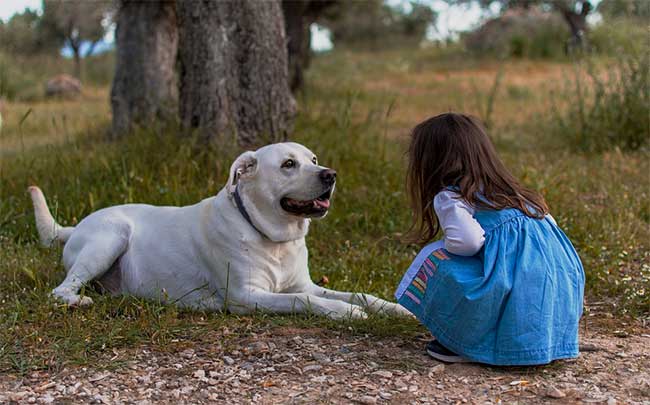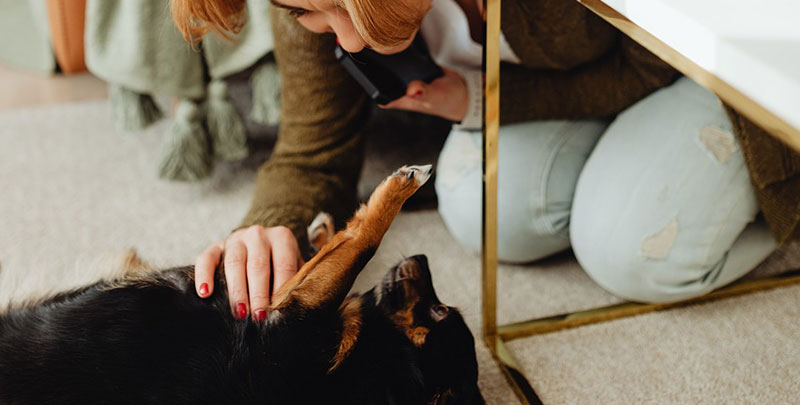Helping Your Dog Overcome Anxiety Around People
Dog anxiety can manifest in various ways, but one of the most common triggers is fear of people. Whether it’s strangers or specific types of people, this fear often stems from a lack of socialization, negative past experiences, or a naturally anxious personality. If your dog is scared of people, it can be heartbreaking to watch, but there are effective steps you can take to help them feel more comfortable and confident.
What Does Fear of People Look Like?
Fearful dogs might not always show their dog anxiety in obvious ways. Here are some common signs to watch for:
- Hiding or trying to escape: Your dog may run away, hide behind furniture, or seek a safe space.
- Body language: Look for a lowered body, tail tucked between the legs, ears back, and avoiding eye contact.
- Vocalizing: Whining, barking, or growling are common responses to fear.
- Freezing or trembling: Some dogs become still and freeze when they’re scared, while others might shake or tremble.
- Aggression: In extreme cases, fear can progress to phobia, which can lead to aggressive behaviour as your dog tries to defend itself.

How Can I Help My Dog with Anxiety?
If your dog is scared of people, there are several steps you can take at home to reduce their fear and help them build confidence:
- Create a Safe Space
Give your dog a designated spot where they feel safe. This might be a quiet room or a crate where they can retreat when visitors come over. Allow them to observe people from a distance until they feel comfortable. - Gradual Desensitization
Introduce your dog to new people slowly and in a controlled way. Start with someone they trust and reward calm behaviour with treats and praise. Gradually increase exposure to strangers, but always at a pace your dog is comfortable with. - Positive Reinforcement
Reward your dog every time they remain calm or approach someone without showing fear. Over time, your dog will associate people with positive experiences. - Body Language Awareness
Ensure guests and family members understand your dog’s body language. Avoid direct eye contact or sudden movements, as these can make a fearful dog more anxious. - Consider Professional Help
In severe cases of dog anxiety, working with a professional dog trainer or behaviorist can make all the difference. They can create a tailored plan to help your dog overcome their fear and build confidence around people. - Medication (if necessary)
For dogs with extreme anxiety, medications can help. Over the years, I have noticed that many pet owners don’t like the idea of “medicating” their pets, and I understand this sentiment. However, anxiety in dogs is the number one mental illness, and if left untreated, it can lead to significant welfare issues. Medication can help reduce your dog’s anxiety while you work on behaviour modification techniques.
The Bottom Line: Helping your dog with Anxiety.
If your dog is scared of people, it’s a common issue, but with patience, positive reinforcement, and gradual exposure, your dog can learn to feel more comfortable around others. Always go at your dog’s pace and seek our Advanced Care help if needed. With your assistance, and sometimes with the help of a specialist in animal behaviour, we can develop a behaviour plan so that your dog’s confidence will grow over time, making social situations easier and more enjoyable for both of you. However, it’s important to note that for some dogs with severe anxiety, it may never be safe or appropriate for them to interact with people they are afraid of.
If you would like to arrange a visit with us to assess your pet’s anxiety issues, please phone us or click here to make a booking.

